Flonase for Lash Extension Allergies?

Allergic reactions to lash extensions can be unnerving for clients and challenging for lash artists. You may have heard of people using Flonase to calm symptoms, but while it’s effective for seasonal nasal allergies, it’s not safe for use on your eyelids.
In this article, we’ll explain why Flonase isn’t the solution for lash-related reactions, how to recognize the difference between a true allergy and simple irritation, and which steps actually help you or your clients find relief.
Why Flonase Should Never Be Used on Eyelids
Flonase (fluticasone propionate) is a nasal corticosteroid designed for intranasal use only. Applying it directly to the skin, especially the delicate eyelids, comes with serious risks:
- Skin Irritation & Damage: Contains alcohol, preservatives, and propellants meant for nasal tissue, not skin. On eyelids, these can cause burning, redness, dryness, and long-term skin thinning.
- Eye Health Risks: Corticosteroids near the eyes can increase the risk of glaucoma and cataracts if absorbed into ocular tissue.
- Not Approved for This Use: Flonase is FDA-approved only for use inside the nose. Applying it to eyelids is unsafe, off-label use.
If swelling or redness is significant, the safest course is to see an eye-care professional for treatments specifically formulated for the eye area.
⚠️The Professional Liability Risk
If you apply Flonase to a client or recommend they use it on their eyelids, you’re stepping outside the scope of a lash artist’s practice. This can create:
- Legal liability — Giving medical advice or prescribing treatment without a license can be considered practicing medicine without authorization.
- Insurance risk — If a client’s eye health is damaged and they claim you suggested or applied Flonase, your professional liability insurance may refuse coverage.
- Reputation damage — Even if the reaction was unrelated, clients may share that you “told them to use Flonase,” undermining your credibility.
Bottom line: As a lash artist, you can explain what you observe, offer general comfort measures, and recommend the client see a qualified medical provider — but never prescribe or apply a drug like Flonase.
Step 1: Identify the Reaction — Allergy vs. Irritation
True Allergic Reaction (Allergic Contact Dermatitis)
- Cause: Immune system response, often to cyanoacrylate in lash adhesive.
- Onset: Usually 24–48 hours after exposure.
- Symptoms: Pronounced swelling, eyelids feel tight, intense itching/redness, excessive tearing, possible skin flaking.
- Duration: Several days without medical treatment.
- Treatment: A doctor may prescribe an ophthalmic topical steroid. OTC antihistamines can help with itch but usually won’t fully reduce swelling.
Sensitivity or Irritation
- Cause: Mechanical (tape or pads) or chemical (adhesive fumes) triggers.
- Onset: Immediate to a few hours after application.
- Symptoms: Mild redness, watery eyes, slight stinging/burning.
- Duration: Typically resolves within 24 hours once the irritant is removed or reduced.
- Treatment: Improve ventilation, adjust pad/tape placement, switch to low-fume adhesive, and flush the eye area if needed.
Quick tip: Big, long-lasting swelling = allergy. Mild, short-lived redness/watering = irritation.
Step 2: What to Do Right Away
If Symptoms Are Severe
- Stop the service immediately.
- Remove extensions to eliminate allergen exposure.
- Rinse with sterile saline or lash-safe cleanser.
-
Refer to a doctor right away. Suggested client wording:
- “I may be having a reaction to eyelash extension adhesive.”
- “I may need an ophthalmic steroid, like dexamethasone, if appropriate.”
If Symptoms Are Mild to Moderate
- Pause the service and evaluate.
- Consider delaying removal until inflammation subsides, unless swelling is increasing — then remove gently with a cream/gel remover.
- Rinse lashes after removal.
- Offer a cool compress if tolerated.
- Recommend medical evaluation if symptoms persist beyond 24 hours.
Step 3: How to Manage Sensitivity and Irritation in the Studio
- Ventilation: Use fans or air purifiers to disperse fumes.
- Humidity/Temperature Control: Keep humidity around 45–60% for optimal adhesive curing.
- Pad/Tape Placement: Avoid touching the conjunctiva; ensure nothing rubs against the eye.
- Product Choice: Opt for low-fume or sensitive adhesives, and hypoallergenic pads/tapes.
Step 4: Prevention Strategies for Allergy-Prone Clients
1. UV-Cured Adhesives
- Benefit: Rapid UV curing locks in adhesive and reduces free monomers/fumes.
2. Patch Testing
- Apply a few lashes in the outer corner 48 hours before a full set.
- This can reveal an allergy risk before committing to a complete application.
3. Shorter Wear Times
- Encourage allergy-prone clients to remove extensions after 2–3 weeks instead of prolonged wear.
4. Clear Client Communication
- Make sure clients know that true allergies mean they may not be candidates for lash extensions.
- For repeat swelling, the safest recommendation is to discontinue extensions.
Final Thoughts
While Flonase might sound like a quick fix, it’s not a safe or professional solution for lash extension reactions. As lash artists, our role is to recognize signs, minimize risks, and guide clients to medical professionals when needed. With the right strategies in place — like UV adhesives, proper ventilation, and strong client communication — you can reduce sensitivity issues and build trust as a knowledgeable, safety-conscious lash professional.
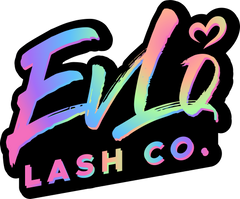
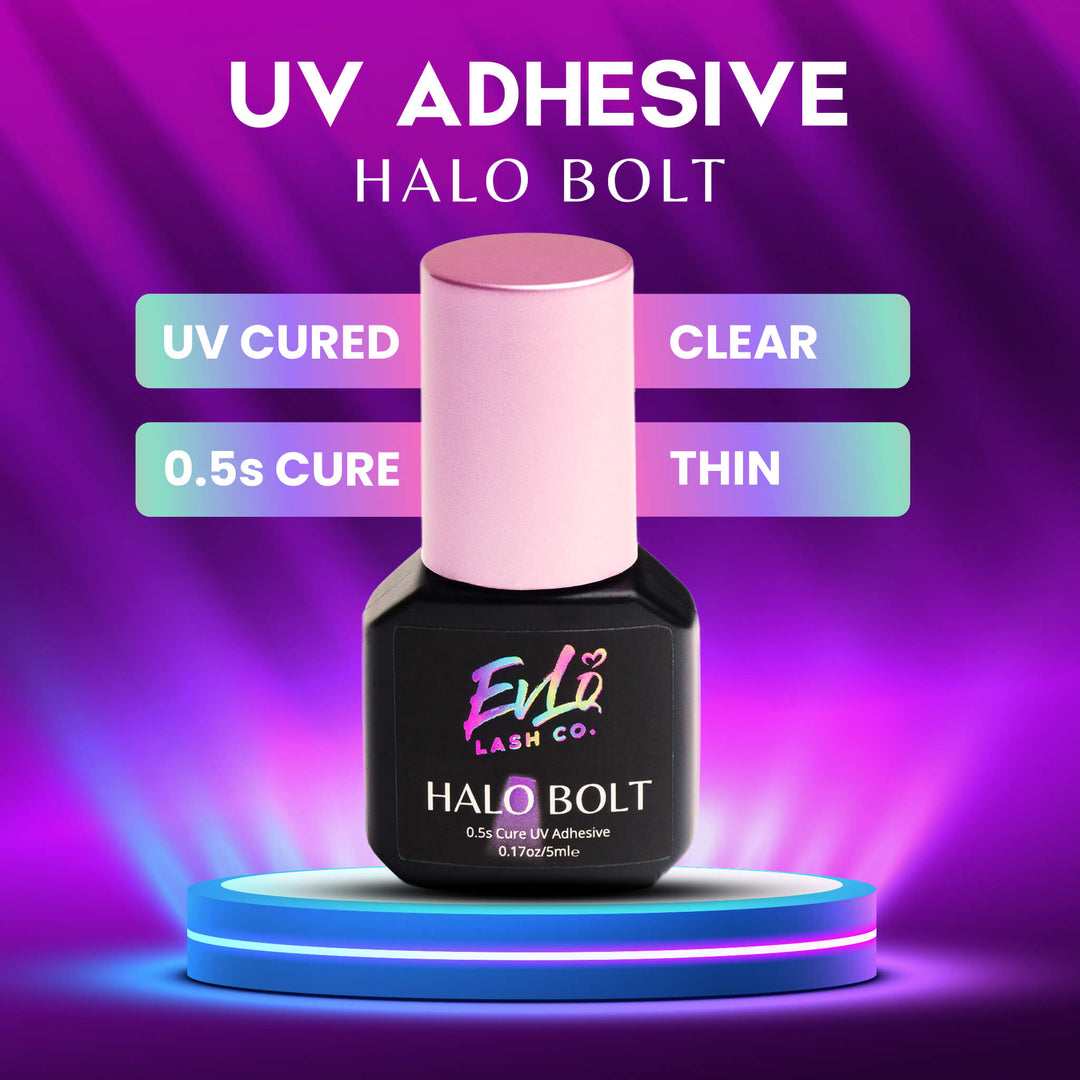
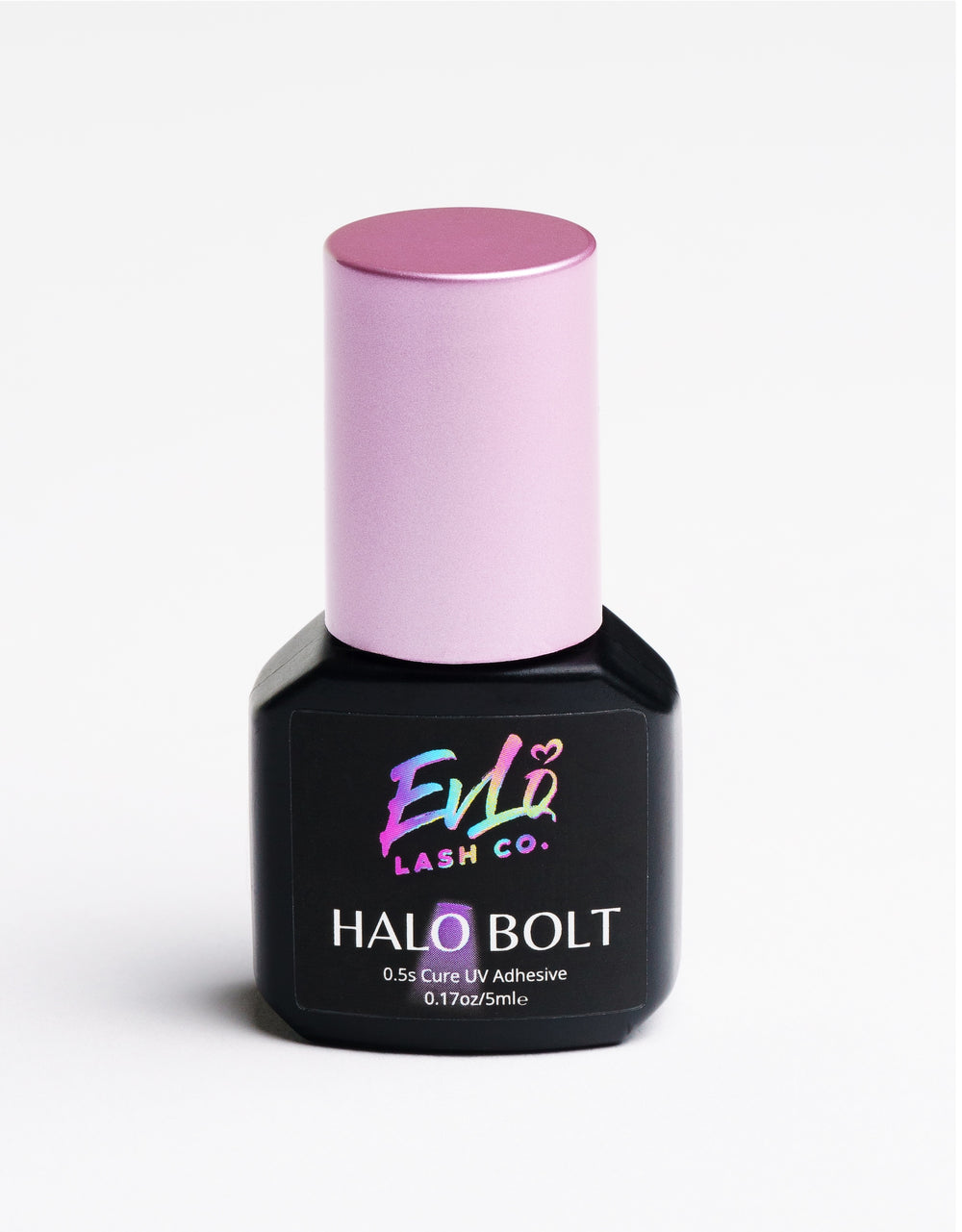
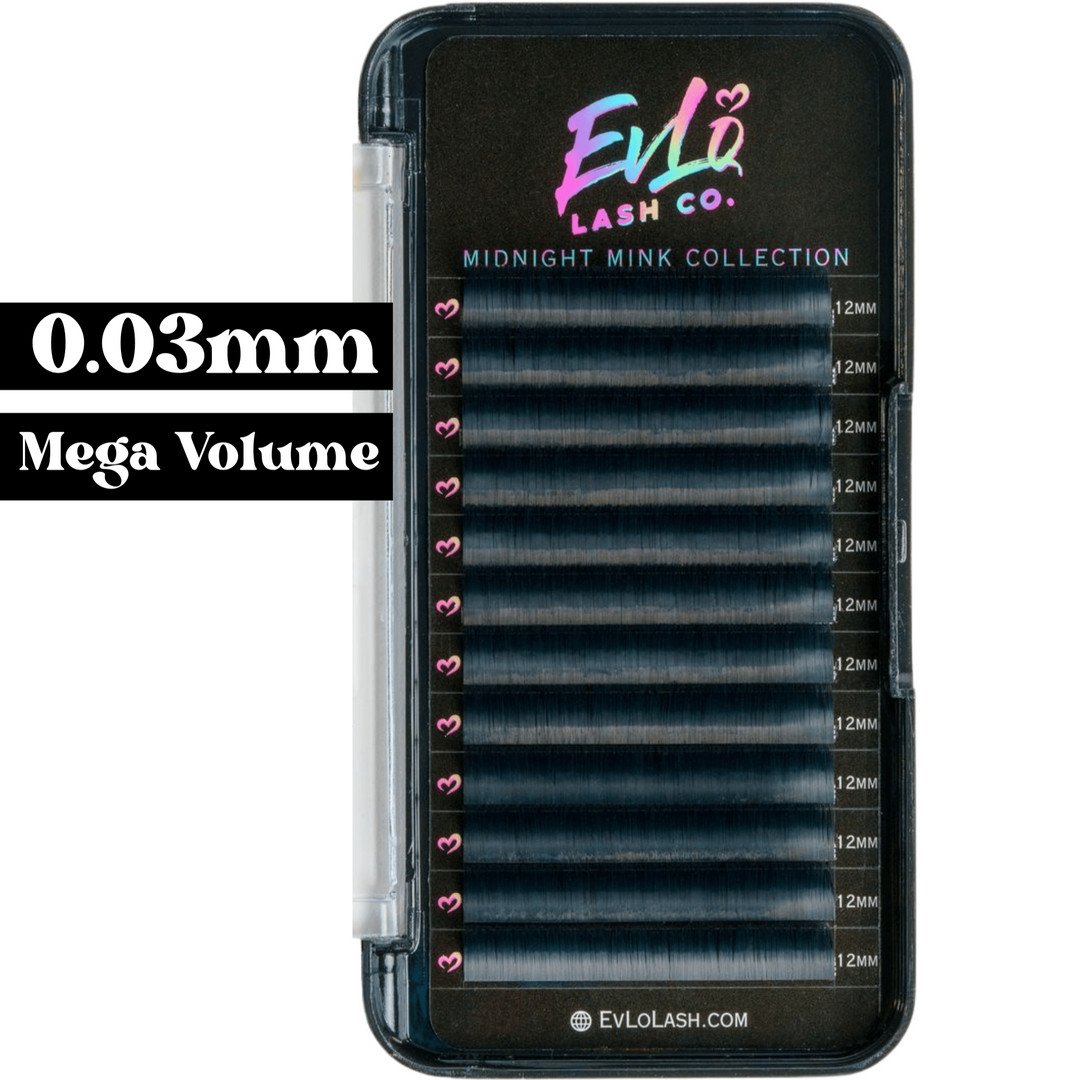
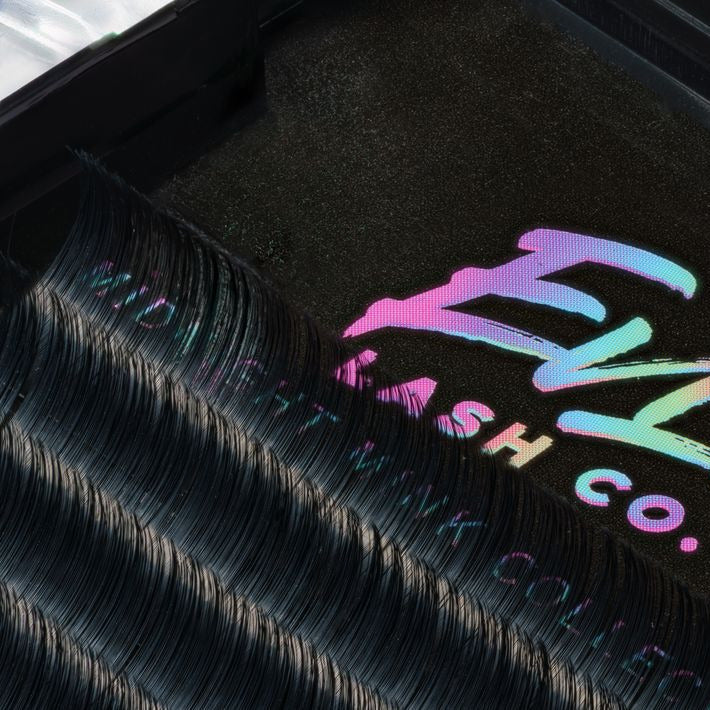
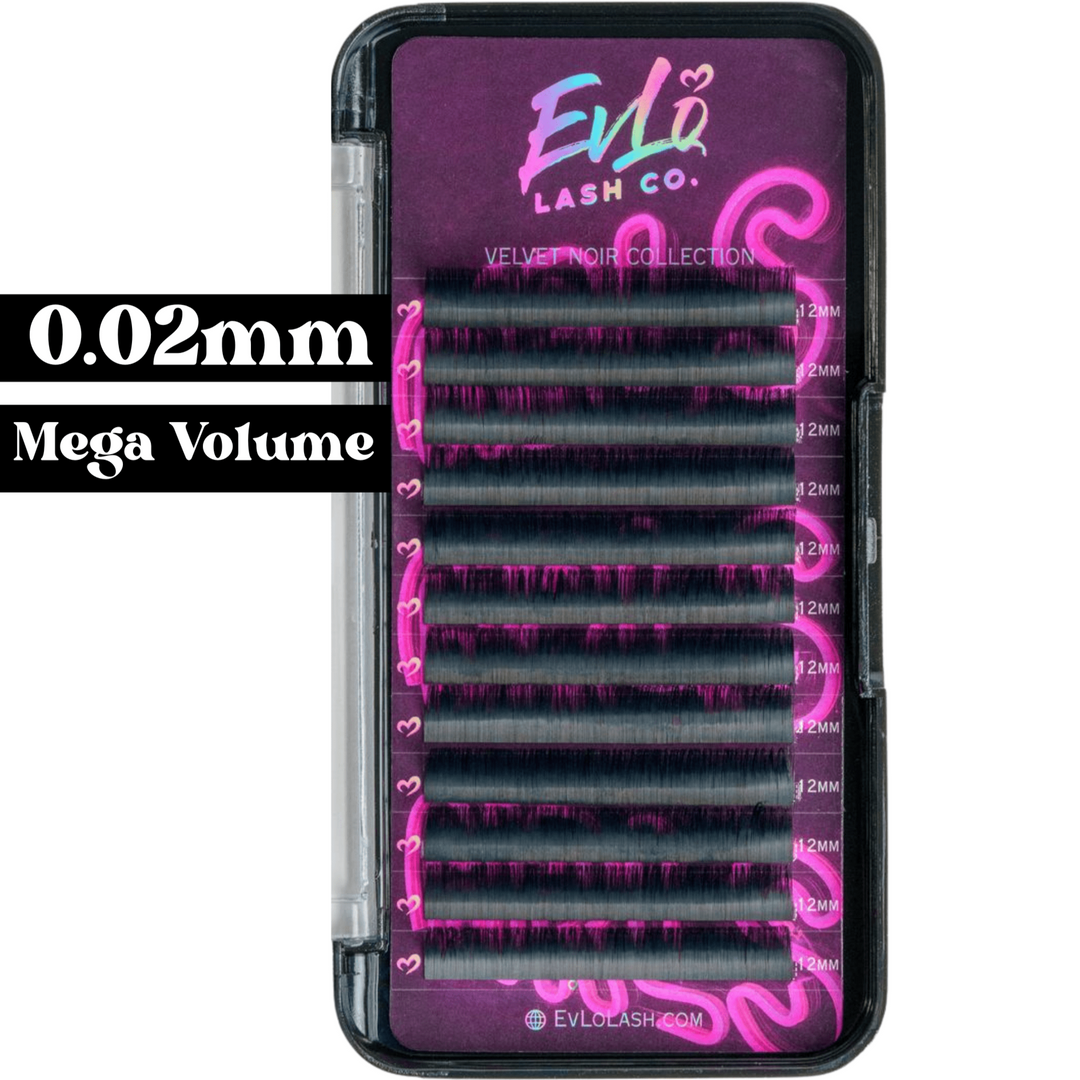

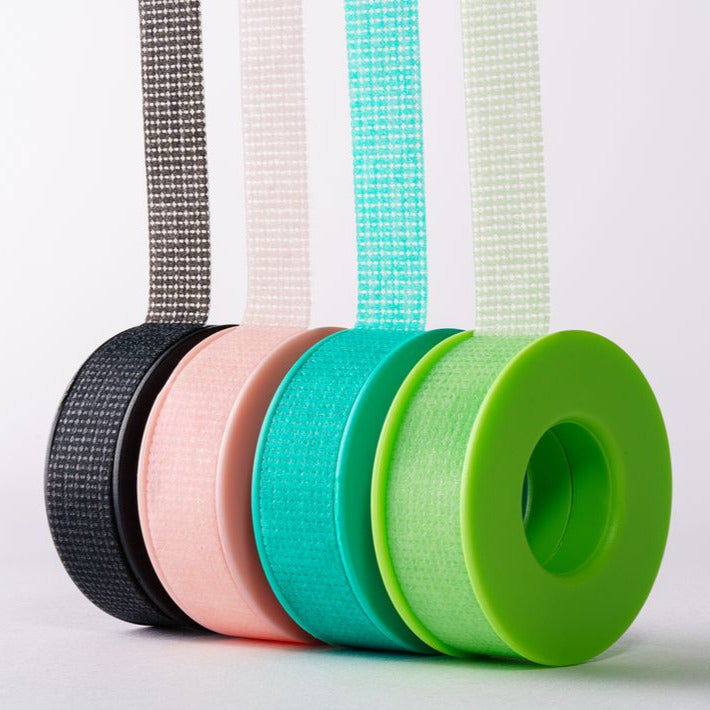
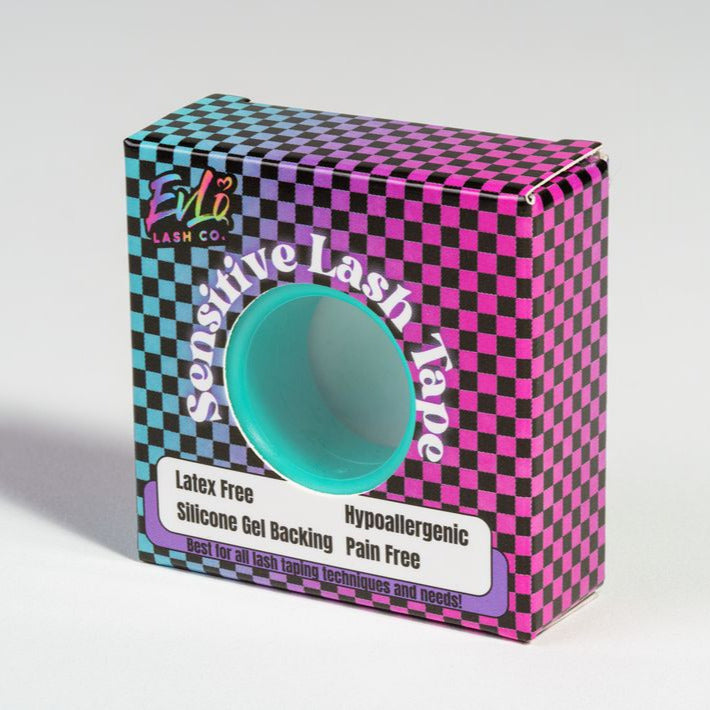



I actually hadn’t heard of this. I didn’t know it was a thing. I am happy you made this information available to anyone who had heard it and was considering it.
Thanks!
Dejar un comentario